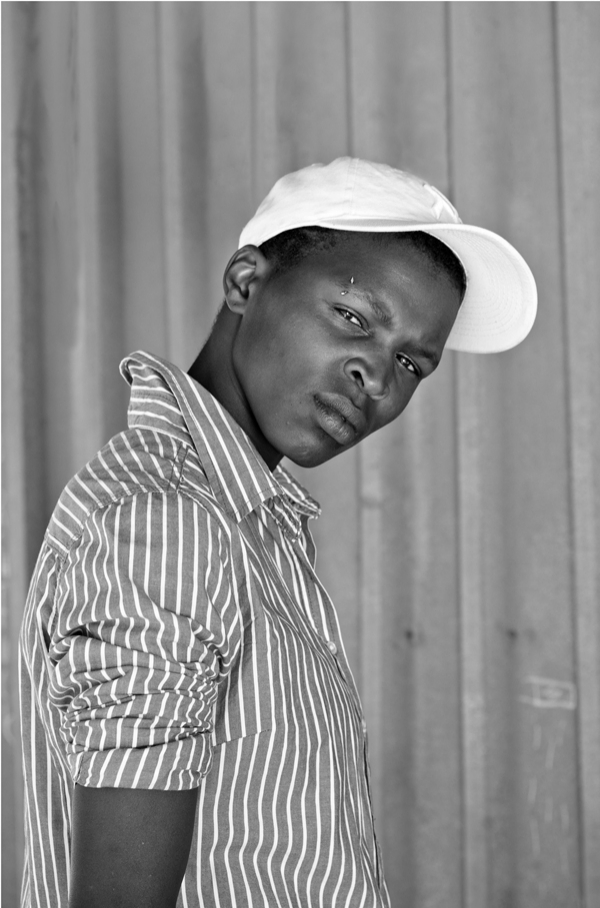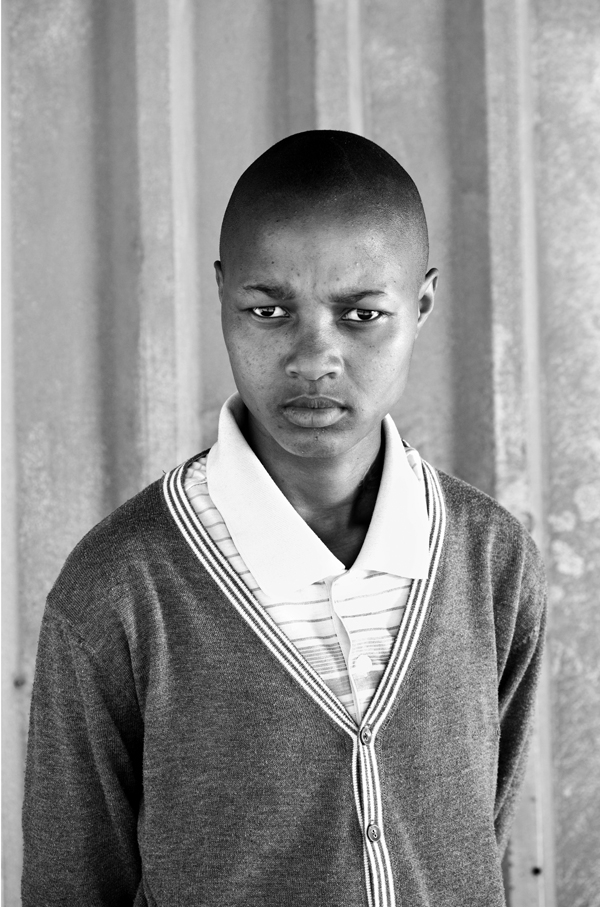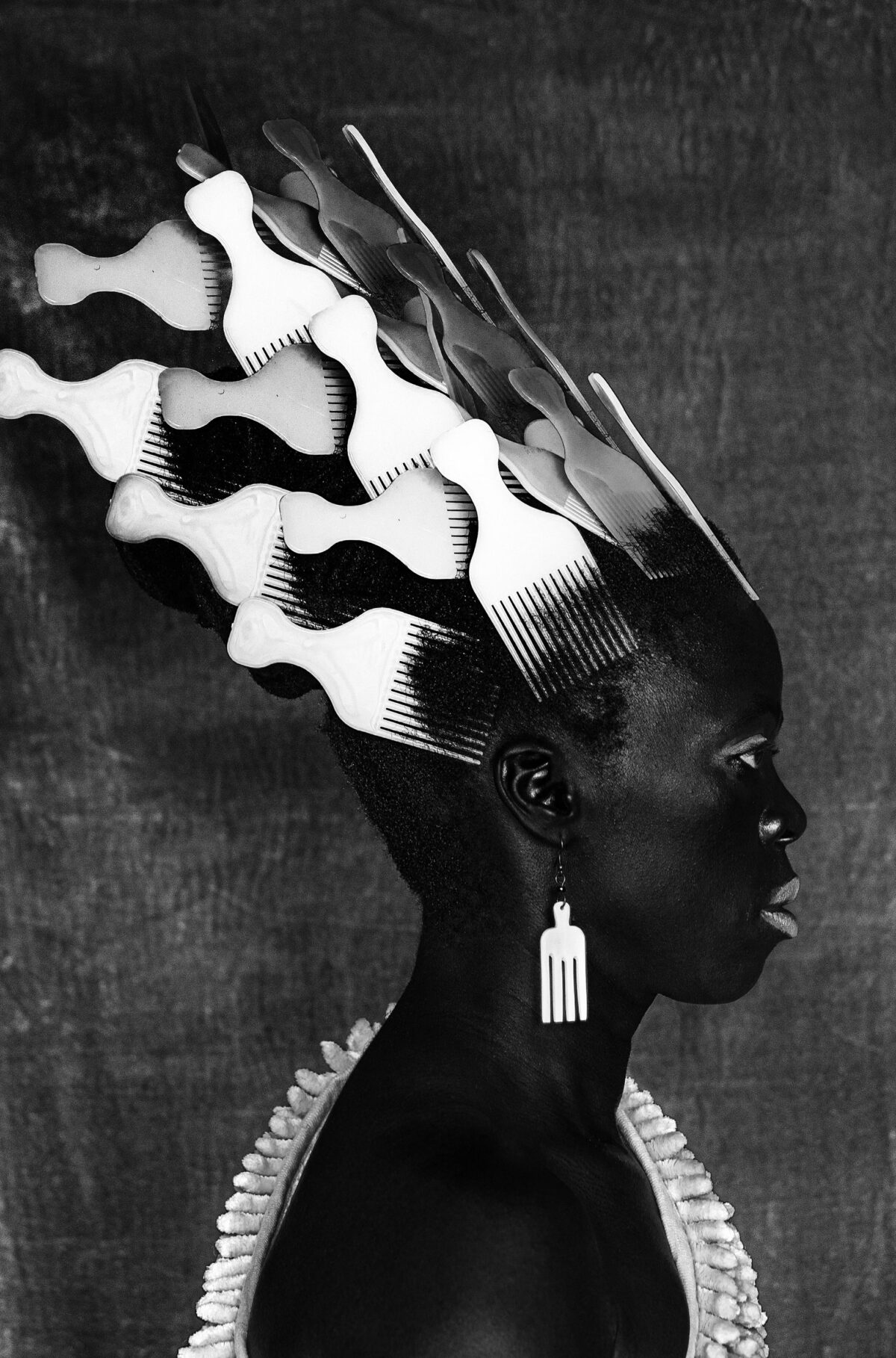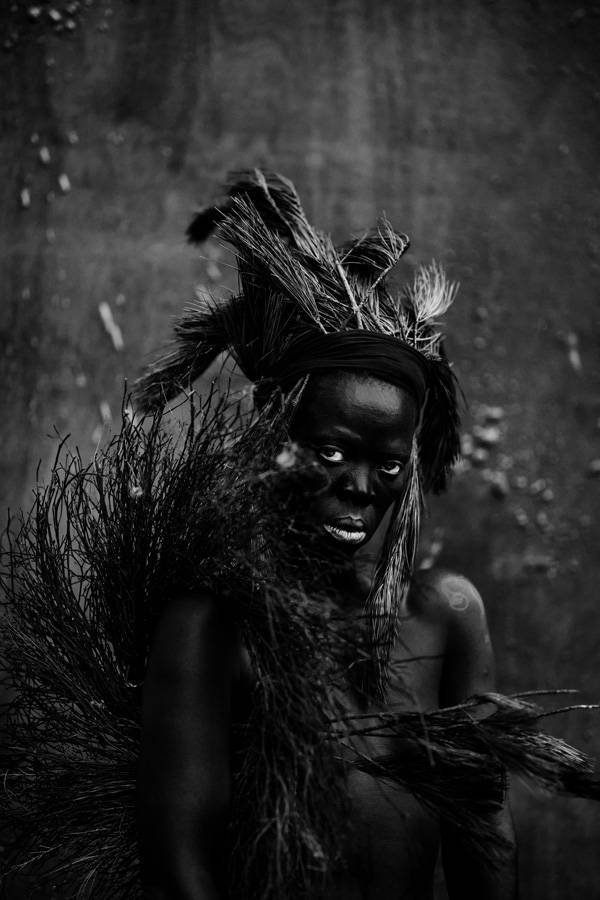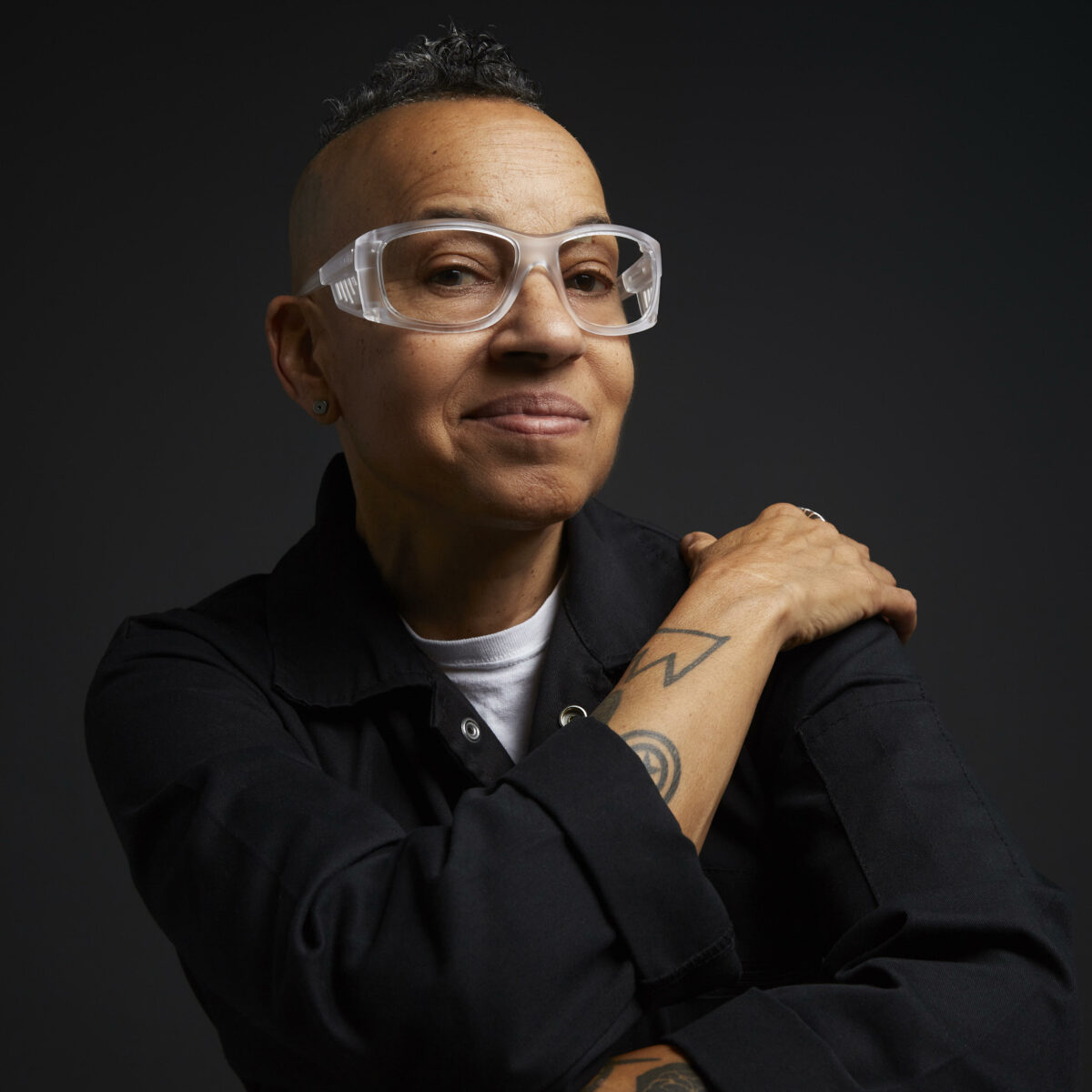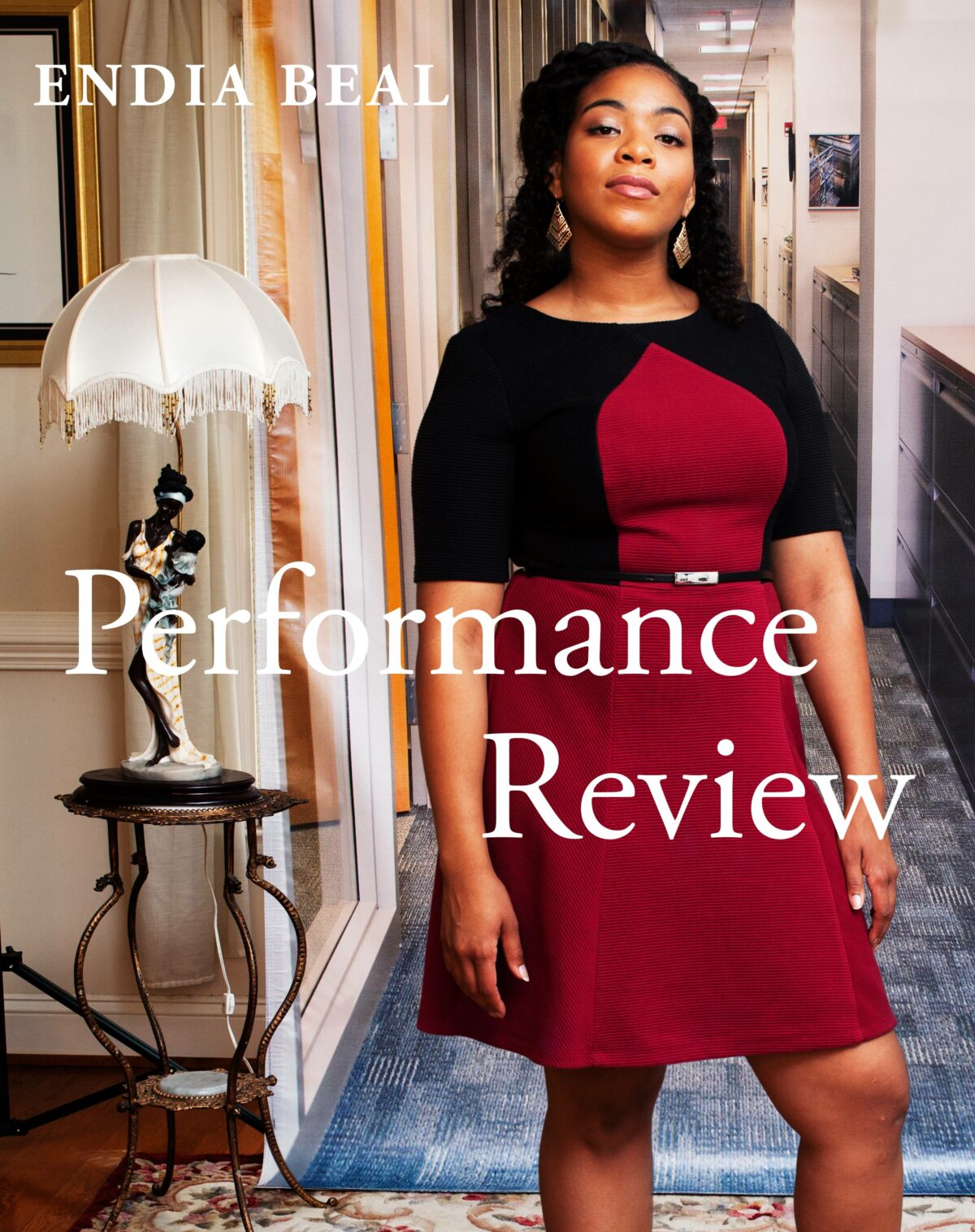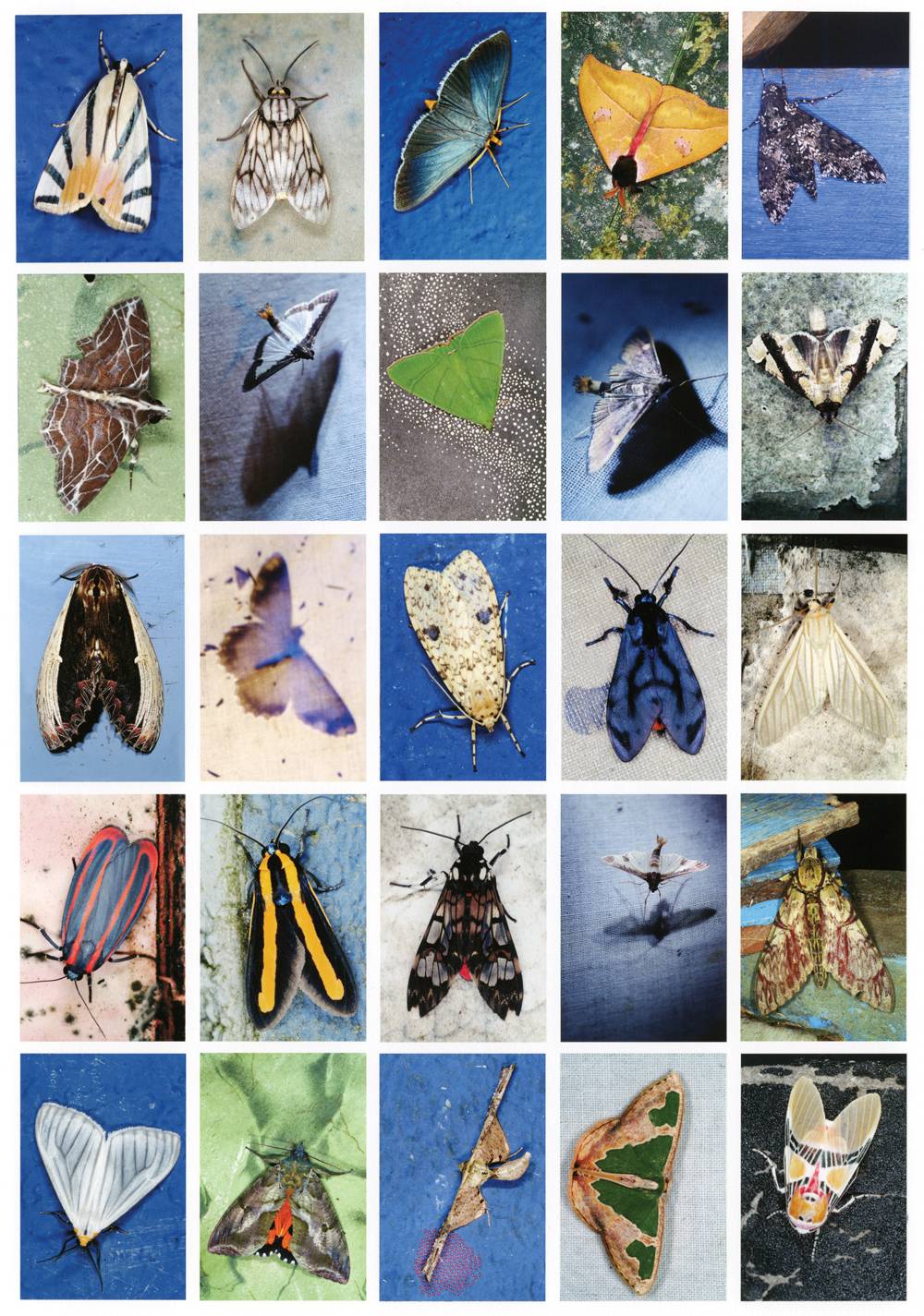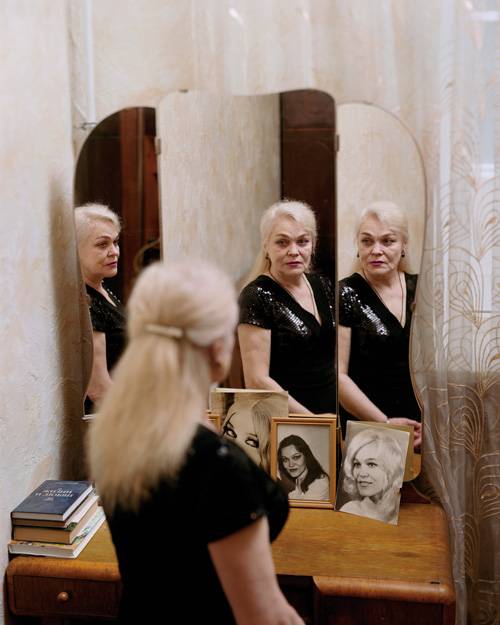Zanele Muholi calls herself a “visual activist” in the struggle for recognition, equal rights, and equal protection for members of the LGBTI community. Based in her native South Africa, Muholi has become an international voice, as evidenced by her upcoming exhibition Isibonelo/Evidence, at the Elizabeth A. Sackler Center for Feminist Art at the Brooklyn Museum from May 1 to November 1. We interviewed her from London as she was preparing to visit New York.
Lyle Rexer: You have documented the beautiful and positive aspects of lesbian relationships, but also the problem of violence against women. Tell me where things stand politically and socially in South Africa now.
Zanele Muholi: South Africa is the country with the most positive queer laws. We pride ourselves on having a constitution with the right to marry, the right to adopt children, equal rights and protections. On paper we are better off than any other country in the world. But the backlash has been “curative rape” and the brutal murders of black lesbians. As we speak there are quite a number of hate-crime cases that are outstanding at court. These are issues that inform my work.
LR: And in the wider world of Africa? I know that in Uganda overt discrimination against gay people is on the rise.
ZM: I can speak only about South Africa. I have to be specific about where I work and where I wake up. But in Uganda, for example, there are people raising their voices, but we have to think about what might be going on in Burundi or Somalia, where we don’t know at all the situation. Senegal, Ethiopia. It doesn’t mean LGBTI individuals are not there but due to high levels of oppression, people are silent. I am speaking to you from London, where there was just a protest against hate speech. At the forefront were people from Uganda, who are still waiting here for the papers from Uganda to allow them to return. We are talking not only about homophobia but the issue of displacement, in which countries are losing their professionals due to homophobia.
LR: Your work involves many different approaches to photography, not only the portrait. Tell me how this variety developed.
ZM: My work is always in response to issues and struggles, and photography is the tool. I use photography to confront them and to heal, which is why I call myself a visual activist. As you say, I don’t have a particular style. My earlier work was focused on the body, mine and others, in which I questioned the status quo of the black female body in the public space. That connected with how vulnerable the body is in South Africa. I have a lot of sleepless nights wondering how do I deal with any particular issue without limiting it to art or the art world. How do I produce documents that are raw that speak to any ordinary person?
LR: Which raises the question for me about who your audience is. Surely it can’t be just people who are already inside the circle so to speak, people who go to museums like the Brooklyn Museum.
ZM: As an artist, before you think of anything, you must ask yourself, who am I? What am I doing? Most of the time, then, I am my own audience, assuming there are no galleries, museums, or spaces to showcase my work, so at the end of the day I am stuck with that work. If I were to say my audience is black lesbians, we know who we are and have a grip on what’s going on. Then my target audience is the mainstream, any person who cares to know about our lives. It’s just me approaching the next person and sharing our love with the next person. Maybe people don’t want to see it, but I think it should be seen, so I do it.
